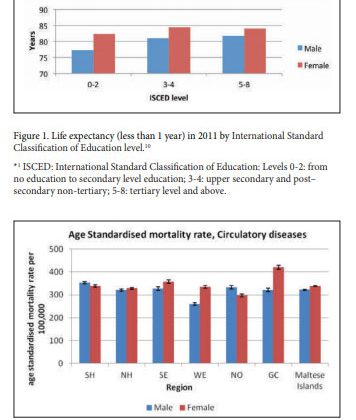New Safety Information on azithromycin
Janet Sultana
In the last few years the scientific community was debating the safety of the widely used macrolide antibiotic, azithromycin, which is commonly prescribed for respiratory and urinary tract infections. Previously published observational studies examined the risk of cardiovascular outcomes with azithromycin use, but these studies had conflicting results. The first such study to be published, a cohort study using U.S. Medicaid data, found an increased risk of cardiovascular death with azithromycin use. This led the Food and Drug Association to issue a warning on the safety of azithromycin use, although the European Medicines Agency did not take a position on this issue. Subsequent studies, both in the U.S. and in Europe did not always observe a risk of cardiovascular adverse events. This was likely due to several factors. Some studies investigated the link between cardiovascular death and azithromycin use. However, cardiovascular death can be considered a rather ambiguous outcome given that the concern with azithromycin use should be ventricular arrhythmia specifically, based on the effect of macrolides on QTinterval prolongation. Cardiovascular death may be due to conditions unrelated to ventricular arrhythmia. It is therefore possible that the cardiovascular impact of azithromycin is over-estimated by using this general clinical outcome. Another important factor leading to variation among the published studies is the diversity in the underlying study populations. For example, a study conducted among persons with a lower socioeconomic status such as Medicaid beneficiaries may show a comparatively higher cardiovascular risk than a European population.
In order to extensively investigate the cardiovascular risk of azithromycin in a European population, a recently published study1 investigated the risk of ventricular arrhythmia with azithromycin use in five European countries, i.e. Denmark, Italy, Germany, the Netherlands and UK, using a common methodology applied to seven healthcare databases. This allowed the researchers to reach a very large study sample of over 14 million new antibiotic users. The results of this study, published last April in the Canadian Medical Journal indicate a higher risk of ventricular arrhythmia in azithromycin users when compared to nonusers of antibiotics, but no excess risk compared to the use of amoxicillin, a widely used antibiotic not considered to be associated with any cardiovascular events. These findings suggest that the risk of ventricular arrhythmia with azithromycin use is likely to be mainly due to the poor state of health from the underlying infection rather than the drug itself. The primary analyses from the single databases were robustly tested through meta-analysis of the pooled risk estimates obtained from all the databases together, confirming the findings of the primary analysis.
The referenced article is freely available from the Canadian Medical Journal website, i.e. http://www.cmaj.ca/content/189/15/E560.full.pdf+html. The principal investigator of the study, Prof. Gianluca Trifiro’, leads a pharmacoepidemiology research team based in Messina. Dr Janet Sultana was one of the co-investigators and is a Maltese joint post-doctoral researcher at the University of Messina and the Erasmus Medical Centre, working in his team based in Sicily. She can be contacted on jaysultana@gmail.com.
REFERENCE
1. Trifirò G, de Ridder M, Sultana J, et al. Use of azithromycin and risk of ventricular arrhythmia. CMAJ 2017;189(15):E560-E568.


